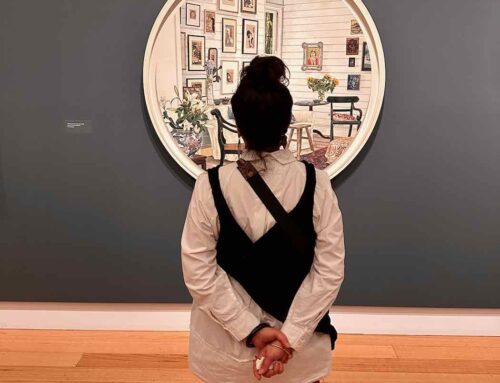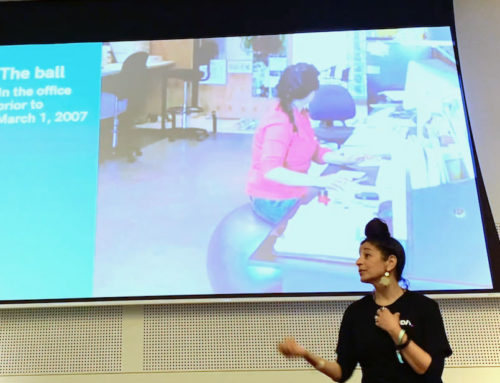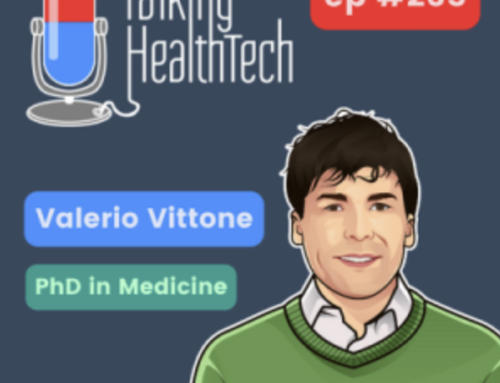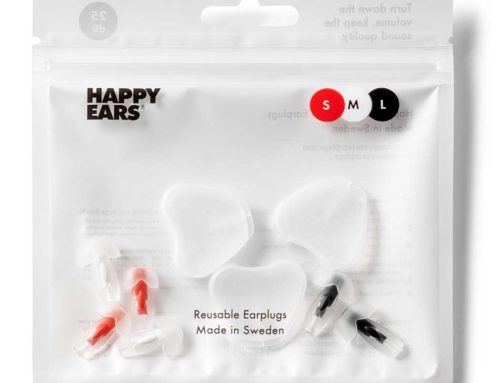Who wants to learn about pain?
Who wants to have to learn about pain?
Why should we?
Are you over it yet?
I am.
But… I’ve found some information that is really, really good and it fits my ongoing mission of building a website of helpful resources.
In 2014 when I was invited to present at AIM Pain, I met the wonderful Diarmuid McCoy. I remember feeling absolutely gobsmacked that Diarmuid (like other practitioners at the conference) acknowledged my pain experience. In fact, they had questions for me, they were eager to hear about my experience and use the information to help their patients.
I had NEVER heard that or ever expected that I would ever hear that in my lifetime.
Feeling valuable and sane was not what I was used to. I was more used to frowns, shrugs, tilted heads, concerning looks, apologies for being unable to help and often no apology at all.
What I first noticed about the practitioners at the conference was their eagerness to have conversations WITH me. I usually got thrown a bunch of unuseful information before being sent home (and made to pay for it!).
The difference between my pre-diagnosis conversations and the post-diagnosis conversations I now realise was that I finally arrived in the right place – I was with my clan! And this clan is and will remain interested in pain and the treatment of it.
As pain interested practitioners navigate research and treat their patients they will often get things wrong (I heard this from Diarmuid). But they will often be right (or as right as they can be in this complicated knot we are forced to live in). They will always be focused on defining pain and finding ways to manage it. Above all, they are healthcare professionals eager to ease suffering and help enhance the quality of life for people living with chronic pain.
So, I’m going to park right here!
If you feel you haven’t heard a definition that fits your experience then these YouTube discussions with Diarmuid might help:










Leave A Comment